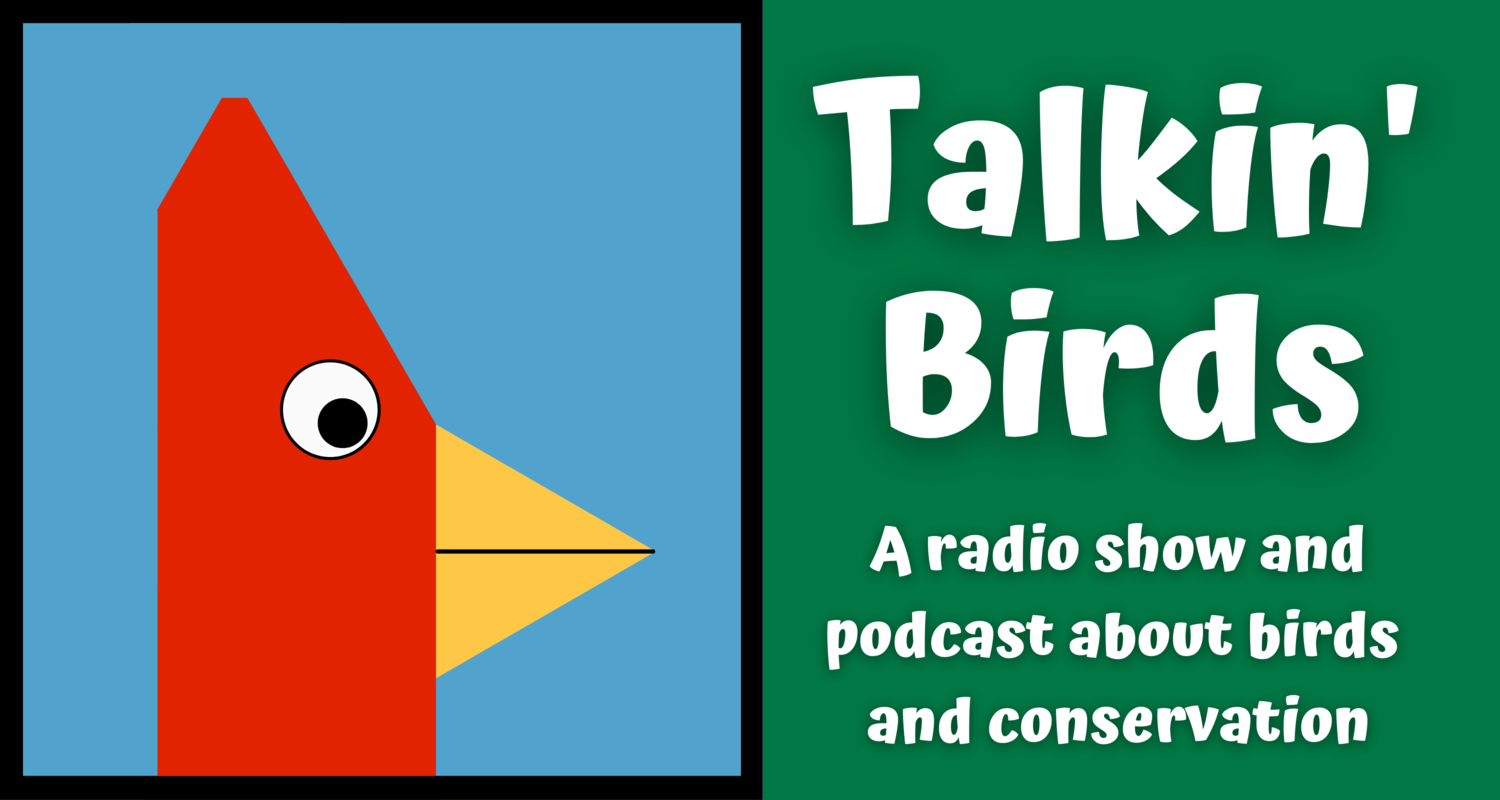A personal story from listener Robert Ross of Byfield, Massachusetts.
It’s a ritual. Every morning, rise, brew a cup of tea, and sit to watch the feeders. The mealworm feeder is filled every night, the suet feeder is kept packed, the three hangers—sunflower, Nyjer seed, and safflower—are cleaned and filled weekly. Over forty species have appeared in or over the backyard.
This morning, though, there is only one bird on a feeder, a female Cardinal, perched on the side of the feeder. She is as still as a Cardinal in a Glen Loates painting.
The branches are empty around the yard, where Mourning Doves, Crows, Starlings, Grackles, and Grosbeaks often perch. The large flock of finches—Gold, House, and Purple—are nowhere to be found. The joyful morning chorus of excited chirps and squeaks is silent. Not a creature is stirring, not even a Titmouse.
A pair of Cardinals have been in the yard all year. Male and female feed regularly. They are the yard’s alarm system, hitting their high, sharp, staccato chirps whenever anyone or anything enters the yard. In their precise world view, it is their yard. The Robins, House and Carolina Wrens, and a pair of Red-bellied Woodpeckers would vociferously disagree. The lone Starling, which magically morphs into twenty before the very eye, the sparrows who bully beyond their standing, and the boisterous Blue Jays make their case, yet the Cardinals do not flinch.
The Cardinal has not moved an inch. Not a feather. Perhaps she has caught her claw, wing, or beak in the feeder. Last night brought the first frost; the grass is glazed with a slight layer of sugar. It was not cold enough to freeze any healthy bird to death.
Twenty minutes later, the paper is read, the tea is drained. Outside the kitchen window, the Cardinal is surprisingly still there. She has not stirred.
Curiosity wins out. Opening the back door, accompanied by two rambunctious hounds bounding out with glee. The dogs dart right below her. She does not move. The dogs spring off to sniff out the night’s invaders. The bird on the feeder appears dead on its perch.
A clap of the hands and the Cardinal bursts to life, springs up, and darts off, diving down into the bushes and vines lining the yard fence. A gray-blue blur darts by, descending at speed, its wings so close they woosh as a wind blast hits the face. As the blur passes, its dive does not veer; its red eye looks only ahead.
Cooper’s Hawk!
The Cardinal flees into the bramble. The scraggly maze engulfs her. The striker flaps but once and is right on her tail. Both disappear into the bush, and nary a single branch or vine moves. Predator and prey are swallowed up without a trace, the way a rising trout takes a mayfly and then both are gone.
Maybe 30 seconds go by; maybe less. The Hawk rises out of the bush the way a diving cormorant reappears with a trout in its maw. It makes no sound. It perches on the fence post. Its beak, though, is empty; its claws grasp only the fence. Its head cocked, its flaming eyes burn into the bush, dissecting the vines. The red eyes search for the slightest stir with a predator’s single focus. The hunt is not over yet.
It seems only fair to the unwittingly exposed Cardinal to end it. The dogs get to the hawk first, and it flies off toward the tall pines down the road. The dogs watch it go as the high shrill of its scolding echoes.
There is no sign of the Cardinal. She is not below the bushes. There is no red or lighter brown among the gray, dormant branches and swirling vines. She does not fly out. She has vanished. Perhaps she will return at the midday feeding.
She does not. It is several mornings before she is seen again at the sunflower feeder. There is no obvious sign of trauma, and if she recalls it, she does not let on. A White-breasted Nuthatch feeds with her; chattering Chickadees come and go almost too quickly to eat; the Bluebirds gobble and joust over the mealworms; and a Red-breasted Nuthatch shares the suet feeder with a Downy.
All is back to normal—at least until the Cooper’s hunts again.
(Photo by Robert)

